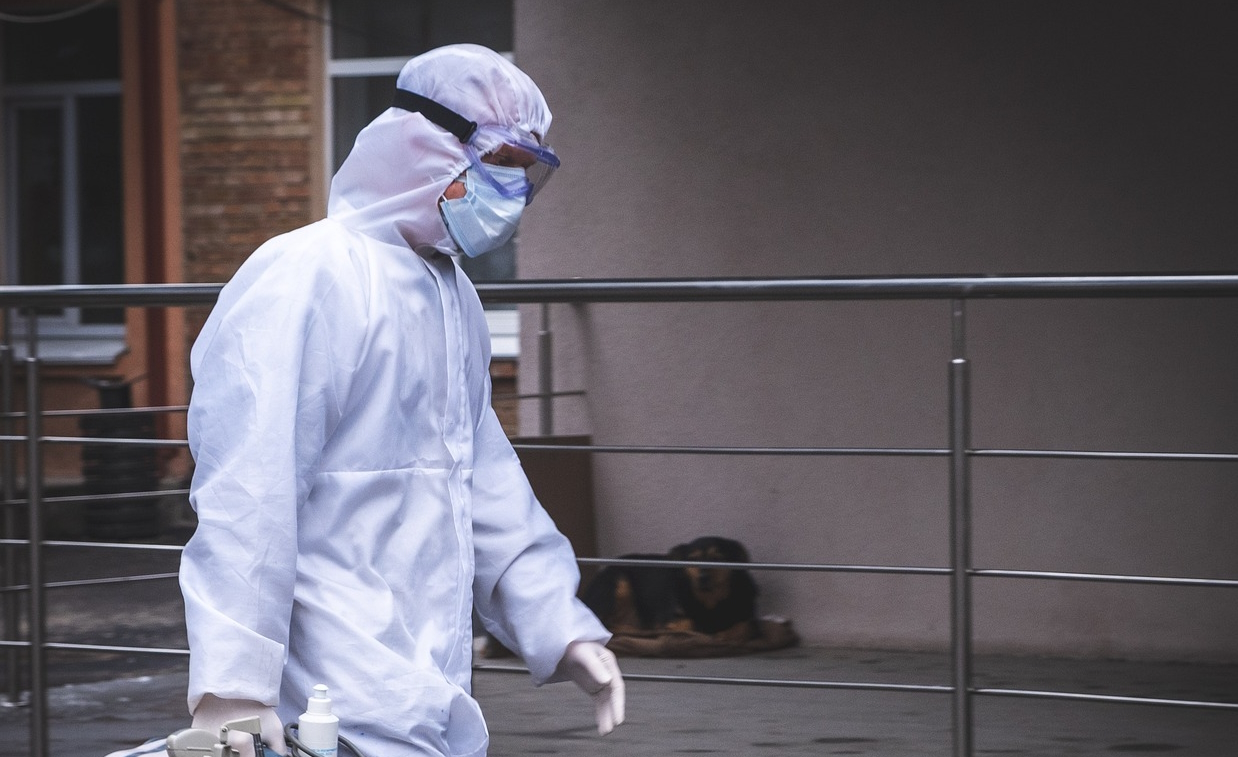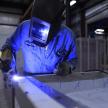
27th
Clearing the Air: A case study on managing the risk of lead dust
By Paul Clarkson, Principal Consultant
A property owner had been managing the risk of exposure to lead through a workplace protocol known as a lead dust management plan (LDMP). The contaminated dust was in ceiling cavities and there was potential for various contractors to encounter the dust during general maintenance activities. The owner was concerned about the effectiveness of this LDMP and faced the prospect of a costly and disruptive remediation project.
QED Environmental Services (QED) was commissioned to conduct a desktop risk assessment involving the review of previous sampling reports. As you will read, QED determined that adopting a site specific approach to the issue resulted in an in-depth understanding of the relative risk of exposure to lead and was able to suggest critical controls. This also fruited secondary benefits of significant cost savings for the client, by adopting a staged risk assessment regime and resisting a large disruptive, and ultimately inconclusive, remediation project.
>> Download the whitepaper: Clearing the Air: A case study on managing the risk of lead dust
Categories
Recent Posts
Trichloramine and Indoor Air Quality in Swimming Pools
05th Nov
For swimmers and pool workers alike, the characteristic "chlorine smell" at indoor swimming pools is part of the experience. Howev...
Indoor Air Quality Takes Centre Stage: A New Government Report on Airborne Virus Transmission
30th Sep
The importance of Indoor Air Quality (IAQ) has gained significant attention following the release of a groundbreaking report from Australia‚...
Changes to the workplace exposure standard for welding fumes
15th Mar
On January 18, 2024, SafeWork Australia made a significant adjustment to the Workplace Exposure Standard (WES) for Welding Fume (not otherwi...

















